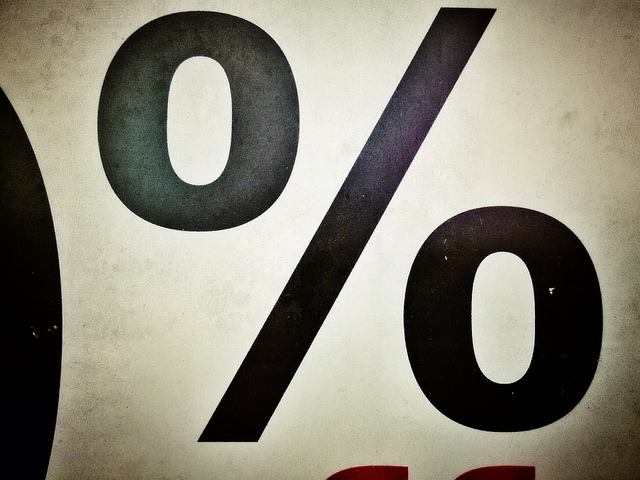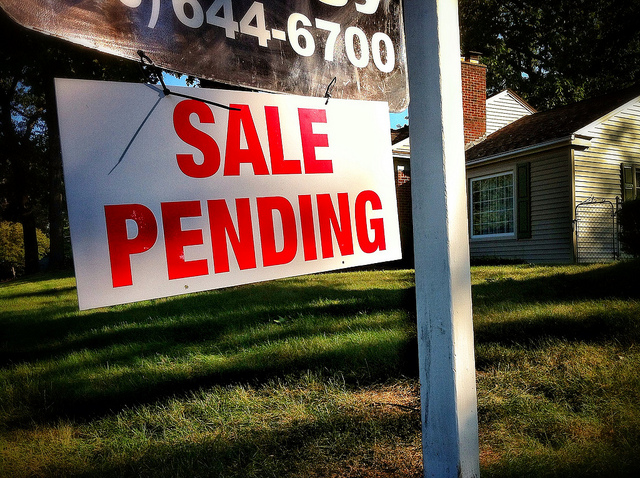The National Association of Realtors’ Housing Opportunities and Market Experience survey asks Americans about their confidence in the economy and views on the current real estate market. According to the most recent results, there’s a growing gap between renters and homeowners when it comes to how they view buying a home in today’s market. In fact, the survey found 62 percent of renters said it was a good time to buy – 6 percent lower than it was at the end of last year. On the other hand, 80 percent of current homeowners say now’s a good time to buy. Lawrence Yun, NAR’s chief economist, says there’s a fairly simple reason for the disparity. “Most homeowners appear to realize that if they’re ready to sell, they’ll likely find a buyer rather quickly and be able to use the sizeable equity they’ve accumulated in recent years towards their next home purchase,” Yun said. “Meanwhile, renters interested in buying continue to face minimal choices, strong competition, and home prices growing faster than their incomes.” Combined with the fact that many renters are young, saddled with student loan debt, and facing rapidly rising rent, there are many obstacles facing young Americans who want to buy. However, as more homeowners take advantage of market conditions and put their homes up for sale, the market will balance and help provide more opportunities for potential buyers. More here.













